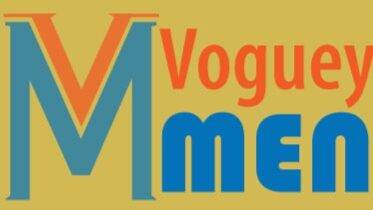The 1960s were a turning point in fashion—bold, expressive, and revolutionary. As traditional dress codes gave way to individuality, accessories emerged as powerful tools of personal style. No longer mere finishing touches, they became symbols of rebellion, elegance, and identity. From Mod minimalism to Hippie maximalism, these pieces helped define entire subcultures. Men’s fashion changed in epochal ways, embracing color, flair, and global influence, while women experimented with geometry, attitude, and pop-art drama. This is the definitive list of 10 Men’s Fashion ccessories of the 1960s that adorned the stylish outfits of men—small in size, massive in impact.
Men’s Fashion Accessories of the 1960s
Round Sunglasses (Lennon Glasses)
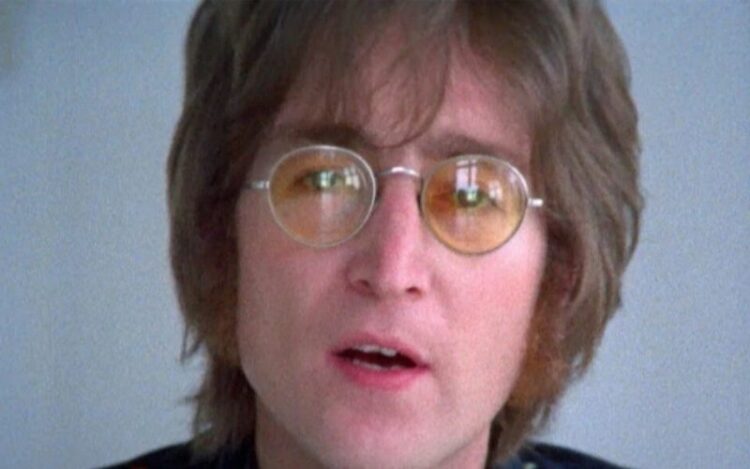
Small, wire-framed, and perfectly circular, round sunglasses became the quintessential accessory of countercultural cool. Popularized by John Lennon, they projected an intellectual, dreamy aura that contrasted the boldness of mainstream fashion. Their minimalist design paired beautifully with paisley shirts, velvet jackets, or Indian tunics, making them a spiritual rather than merely functional item. By Woodstock in 1969, Lennon glasses symbolized peace, psychedelia, and rebellion, turning eyewear into a lens through which a generation reimagined clarity, vision, and individuality. image source
Kipper Tie
The kipper tie was wide, flamboyant, and anything but discreet—often emblazoned with paisleys, psychedelic swirls, or bold geometric prints. Emerging in Swinging London, it became the neckwear of choice for the Peacock Revolution. Peter Wyngarde (Jason King) — The character becomes synonymous with big-knotted kipper ties, while David Bowie paired them with glam tailoring. More than just a tie, the kipper was a canvas for personality, making every knot a declaration of bold individuality. Image Source
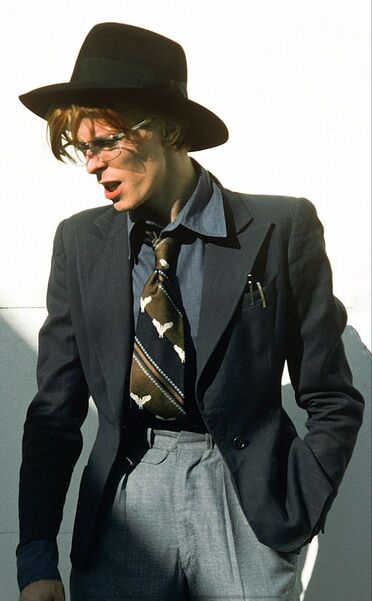
Sleek Dress Wristwatches – Timeless Symbols of 70s Sophistication
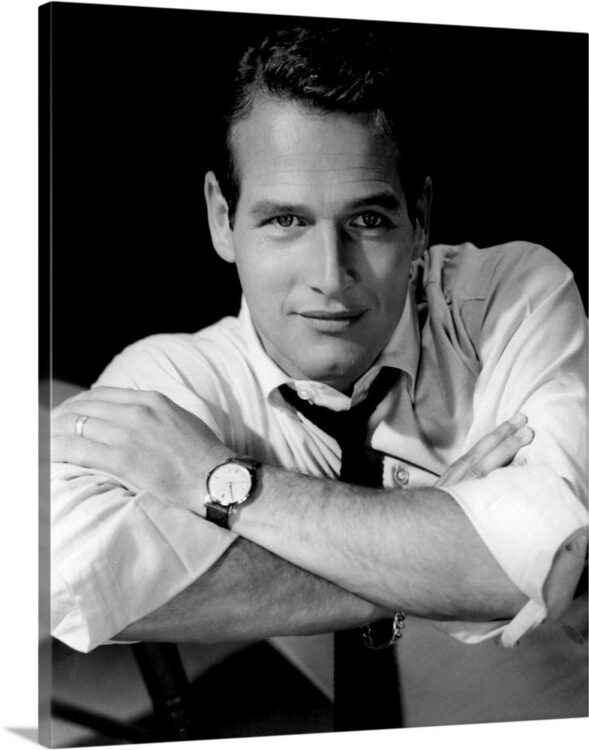
In the 1970s, sleek dress wristwatches became an essential fashion accessory for men, embodying elegance and refinement. Characterized by thin cases, minimalist dials, and leather straps, these watches complemented the decade’s tailored suits and eveningwear. They were less about technical flair and more about polished understatement. Their popularity carried over from the 1960s, when icons like Sean Connery, and Paul Newman elevated them into style staples. By the 70s, the trend matured into a global standard of masculine sophistication, making the dress watch a quiet yet powerful marker of taste and success.
Love Beads
Love beads were strands of wooden, glass, or hemp-threaded beads worn around the neck as emblems of peace, spirituality, and cosmic connection. Each necklace was handmade, often gifted among friends as tokens of love. George Harrison of The Beatles was one of the most famous male icons to wear love beads in the 1960s. Festival-goers at Woodstock made them iconic, wearing them over bare chests, fringed jackets, or flowing shirts. They weren’t jewelry in the traditional sense—they were personal talismans that echoed the decade’s communal spirit. Every bead shimmered with hippie ideals of freedom, creativity, and human connection.
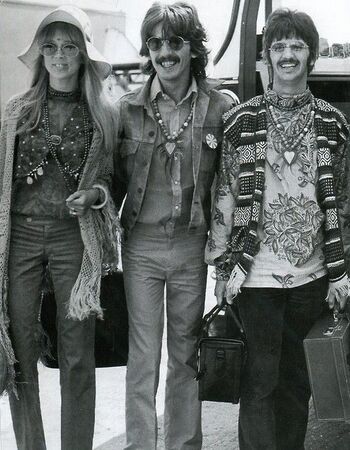
Wide Headband
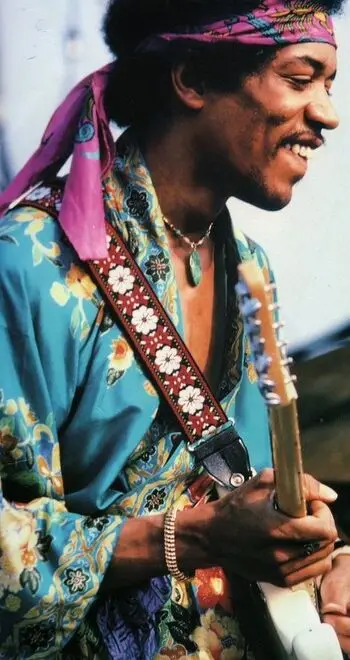
The wide headband, often in paisley, tie-dye, or crocheted cotton, sat across the forehead like a warrior’s crown of counterculture. Jimi Hendrix made it immortal with his purple paisley bandanas, worn in legendary performances such as Monterey Pop (1967) and beyond. By the 80s, headbands became staples at festivals, combining fashion and function—keeping sweat from eyes while amplifying artistic presence. Whether leather for bikers or fabric for hippies, the headband symbolized freedom, rebellion, and a refusal to conform to clean-cut style.
Newsboy Cap
Rounded with a short brim, the newsboy cap carried working-class roots but found a 60s rebirth as an emblem of casual artistry. Made in wool, tweed, or corduroy, it was worn jauntily by Bob Dylan, Jean-Paul Belmondo, and other icons who infused it with bohemian edge. Its vintage charm added softness to modern menswear, balancing denim, leather jackets, or tailored coats. The cap’s appeal lay in its anti-fashion quality: simple, nostalgic, yet imbued with unmistakable cool. It crowned artists, thinkers, and rebels alike. Image Source
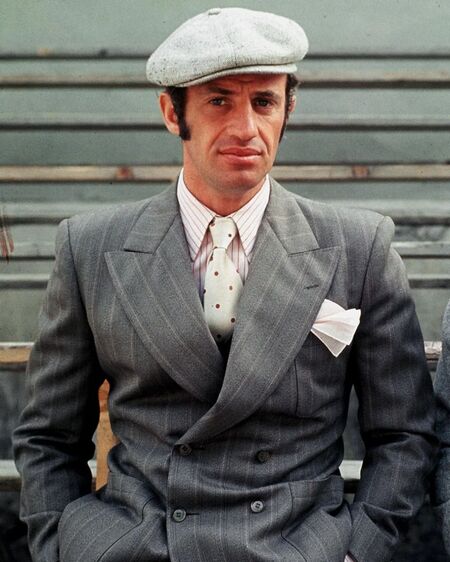
Statement Belt Buckles
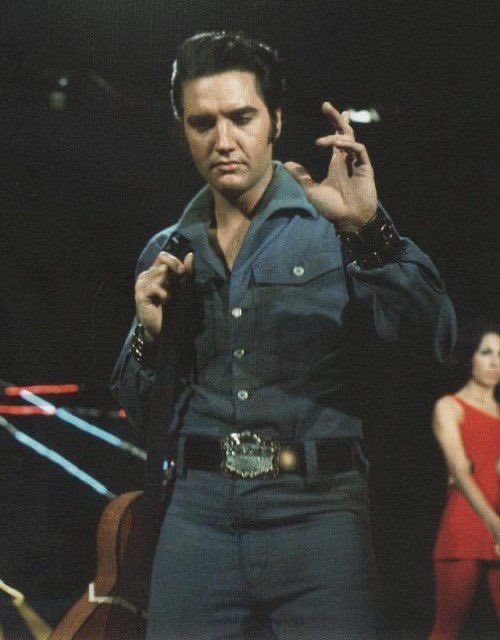
Belt buckles in the late 60s and 70s grew massive—Western-style silver plates, psychedelic motifs, peace signs, and even novelty shapes. They turned belts from necessity into bold self-expression. Rockers wore them with denim or corduroy flares, making the waistline a spotlight. Elvis Presley famously wore glittering, oversized buckles during his 1970s Vegas era, adding spectacle to his jumpsuits. These buckles weren’t quiet details—they were conversation starters, flashing symbols of masculinity, artistry, and the unshakable belief that bigger was always better.
Printed or Patterned Neck Scarves
Neck scarves in paisley, polka dots, or Eastern-inspired prints added a flamboyant flourish to otherwise plain outfits. Tied loosely beneath a shirt collar or knotted jauntily, they softened the sharp tailoring of the 60s and 70s. Michael Caine and Terence Stamp both sported patterned scarves, lending a cinematic, rakish air to their looks, while French New Wave actors made them intellectual trademarks. The printed neck scarf was a small detail with outsized impact—transforming men from simply dressed to expressively styled. Pinterest
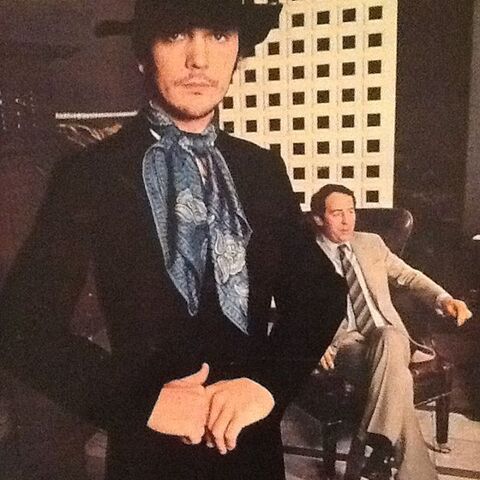
Pendant Necklaces
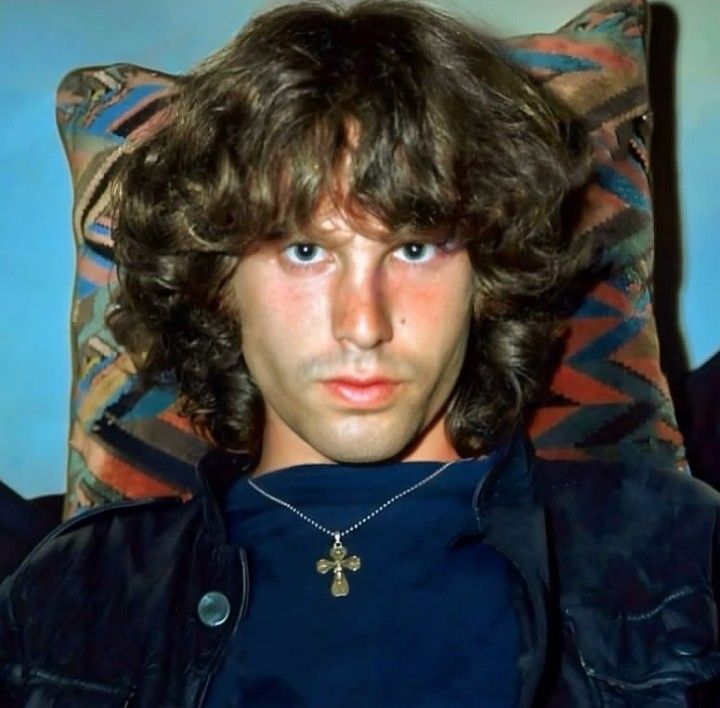
Pendant necklaces carried symbols—peace signs, astrological icons, crosses, or tribal totems—hanging from leather cords or silver chains. They blended ornament with meaning, turning spirituality into fashion. Jim Morrison , deeply influenced by Indian mysticism, frequently wore pendants in the late 60s and early 70s, pairing them with leather jackets and his rock star swag. These necklaces pulsed with significance, each step making their symbolism sway visibly. No longer reserved for women, pendants gave men permission to adorn themselves while projecting depth, belief, and personal identity.
For a an exploration of men’s fashion accessories a decade earlier, click here.
